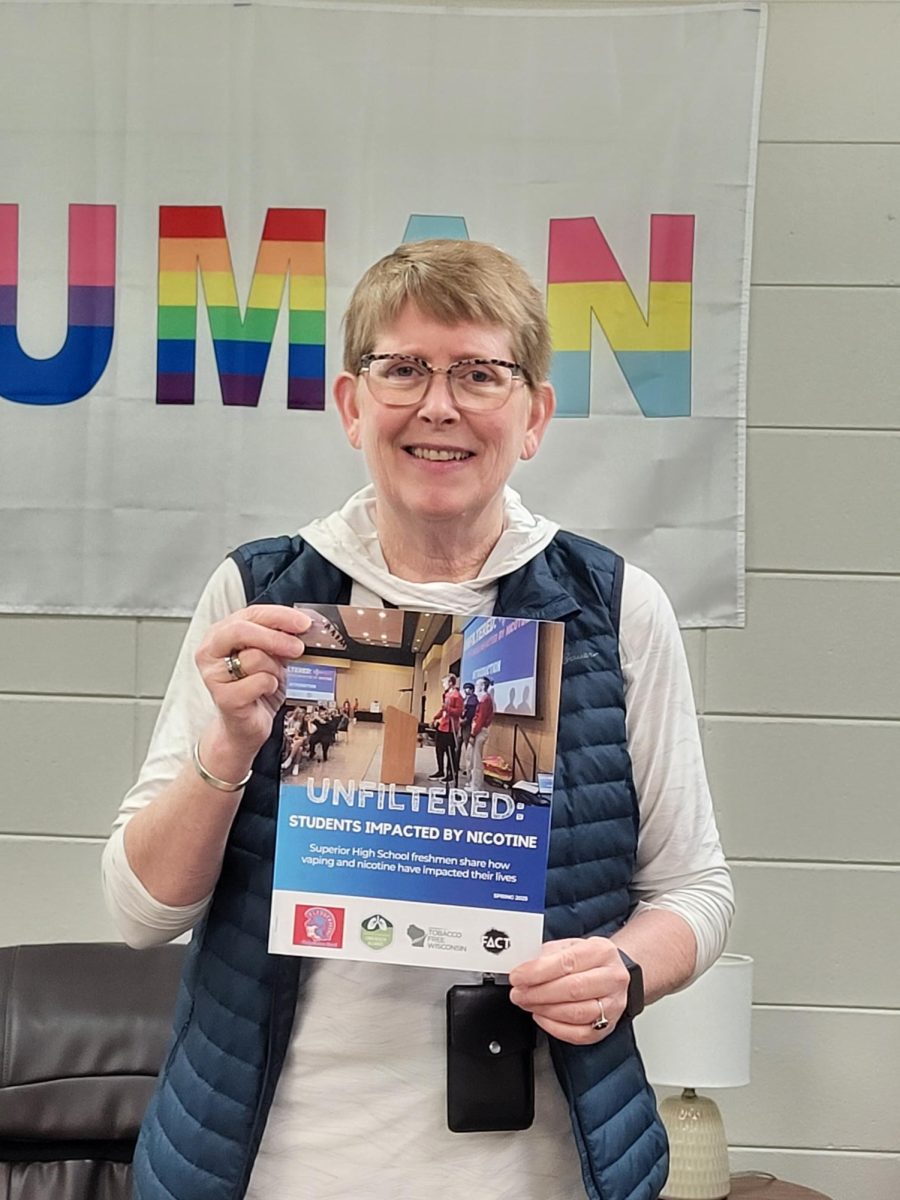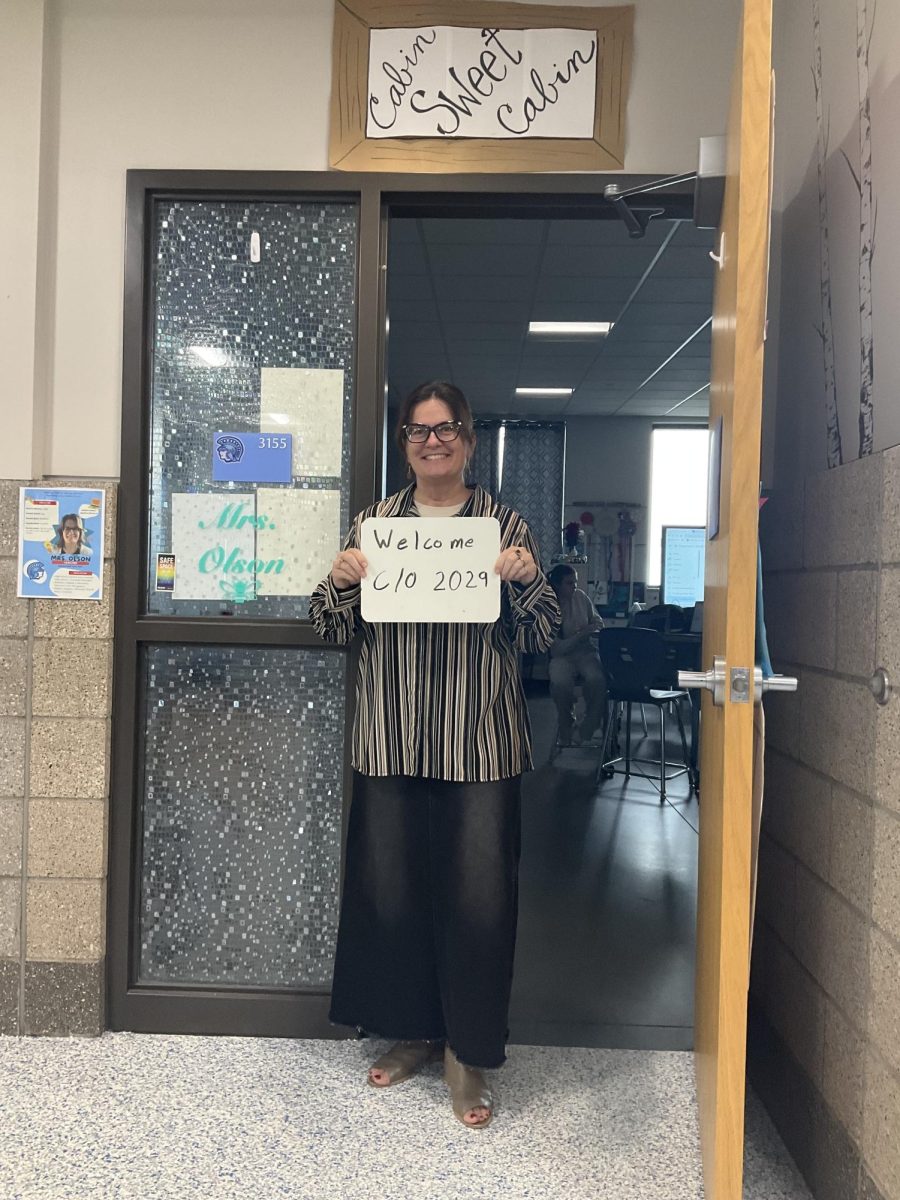Mental health is a widely discussed topic throughout the country and in school settings. For teens, mental health is especially hard because we are still in our developing stages as well as the many influences that affect us on a daily basis.
What is not taught enough is women’s mental health, which is seemingly an afterthought in society. Women often face generic diagnosis for complex symptoms. One common misconception for women when we have any feelings about anything is that we must be on our periods and experiencing premenstrual symptoms (PMS.) Unfortunately, it’s not always that simple.
I have struggled with anxiety for a long time, often in social settings. Feelings of loneliness, hopelessness, depression, and overthinking have been a part of my daily life since seventh grade. All of which were generalized into my anxiety diagnosis.
Between my ninth and 10th grade years, I began to notice that those feelings had become even more amplified and uncontrollable, seemingly at random times. With the help of a TikTok video, I learned about premenstrual dysphoric disorder (PMDD) and began to do research.
According to Mayo Clinic, “Premenstrual dysphoric disorder (PMDD) is a severe, sometimes disabling extension of premenstrual syndrome (PMS.) Although PMS and PMDD both have physical and emotional symptoms, PMDD causes extreme mood shifts that can disrupt daily life and damage relationships.”
I had been on a therapy journey for roughly three years, having to stop in 2024. I distinctly remember a time during a session where I brought up the fact that I believed I had PMDD and my therapist, who was also a woman, did not believe me. She asked what made me believe that, and said that I should journal how I was feeling around the time. This had made me feel very discouraged because, as a woman, she seemingly didn’t know much about the subject.
While I understand that more evidence was needed to come to a conclusion, it was hard to make big observations about my moods since they would often come randomly and at full force. After no longer seeing that therapist, I finally made one observation. The intense and uncontrollable emotions began exactly 10 days before my cycle, which is a common symptom of PMDD.
According to a review of global studies published in the Journal of Affective Disorders, “Around 1.6 percent of women and girls have symptomatic premenstrual dysphoric disorder.”
PMDD and other premenstrual symptoms are similar to the physical symptoms, but emotionally, PMDD can be debilitating. The change between moods is startling, often feeling like a switch was flipped internally. I could be okay in one moment and then spiraling in the next. Whenever I am in the PMDD “mindset,” I feel so misunderstood whenever I speak about how I feel and this leads to me overthinking everything I say.
PMDD has impacted me in so many ways. There are times when I’m fearful in anticipation of my period. Because I have learned about PMDD through social media and had never met someone with my condition, it makes it difficult to feel understood. It impacts my focus on school and my relationships with everyone close to me. I have found myself lashing out at them or pushing them away because I don’t feel understood. It affects me physically with regular premenstrual symptoms being so intense and making me feel weak.
After experiencing PMDD for around two years now, I have learned how to listen to my body and emotions and can start to differentiate what feelings come from PMDD and which do not. I believe that all people need to be more educated on women’s mental and physical health as it is often overlooked and easy to generalize. Anyone can struggle with mental health, but what is less explored is the challenges women face when it comes to emotions.
I am able to get through this with the help of research and mental health professionals. If you believe any of this applies to you, please research and seek help from a mental health professional.
I believe that all people need to be more educated on women’s mental and physical health because it is so overlooked and easily generalizable. Anyone can struggle with mental health but what is less explored is the challenges women face when it comes to emotions.















